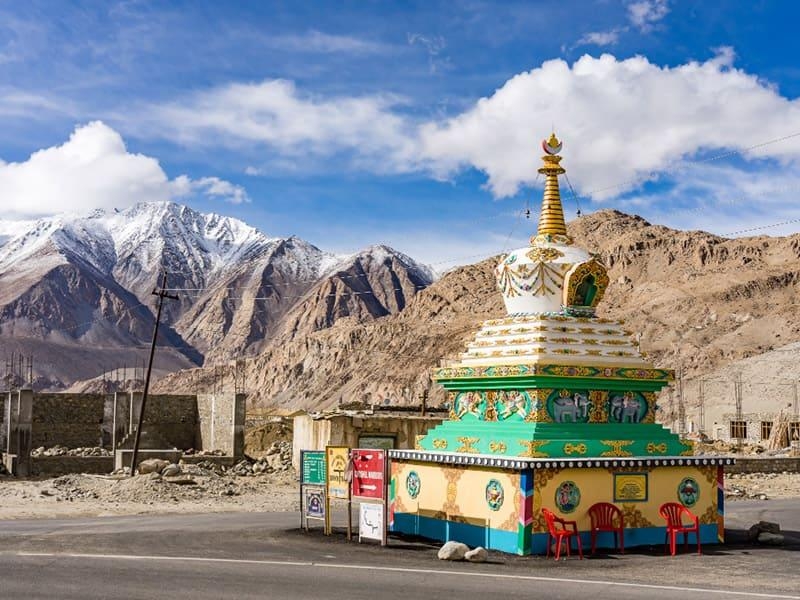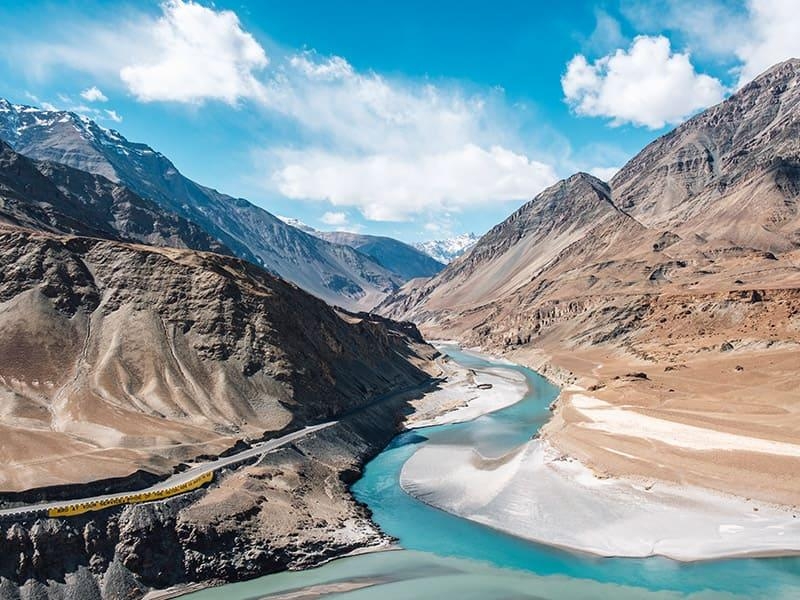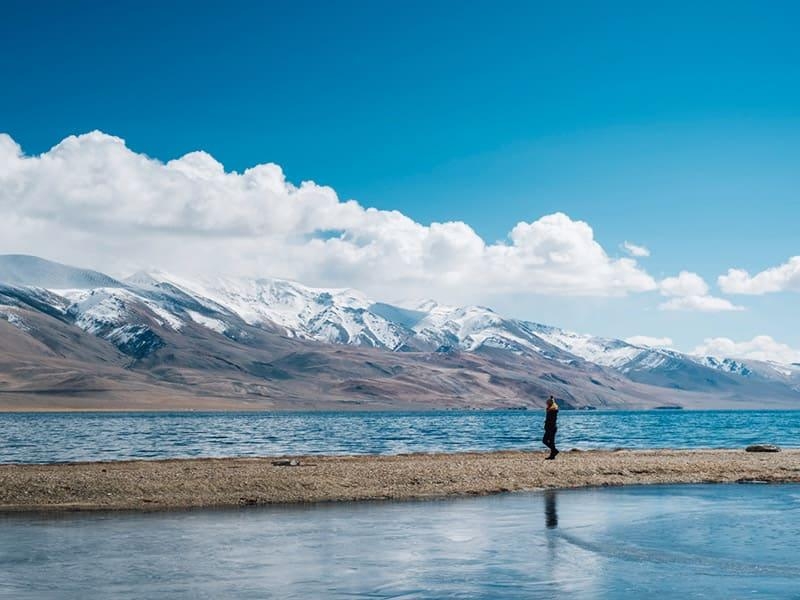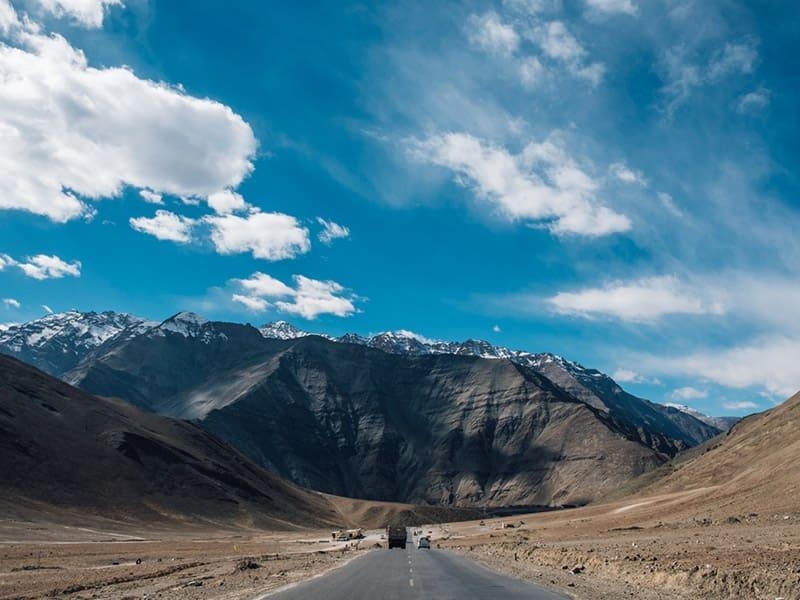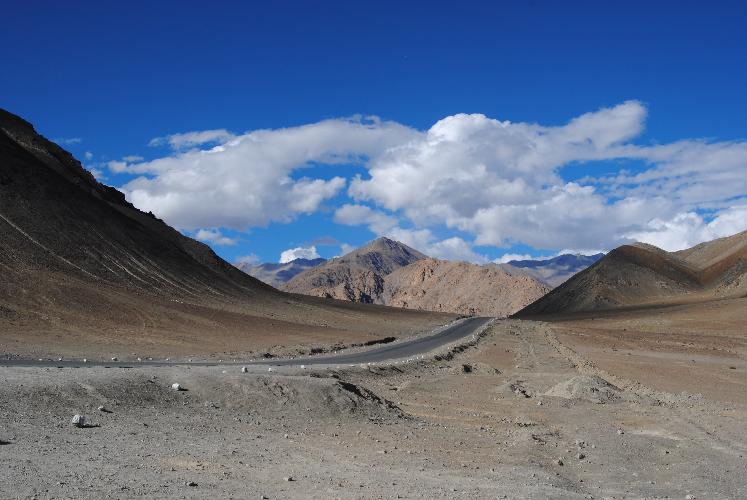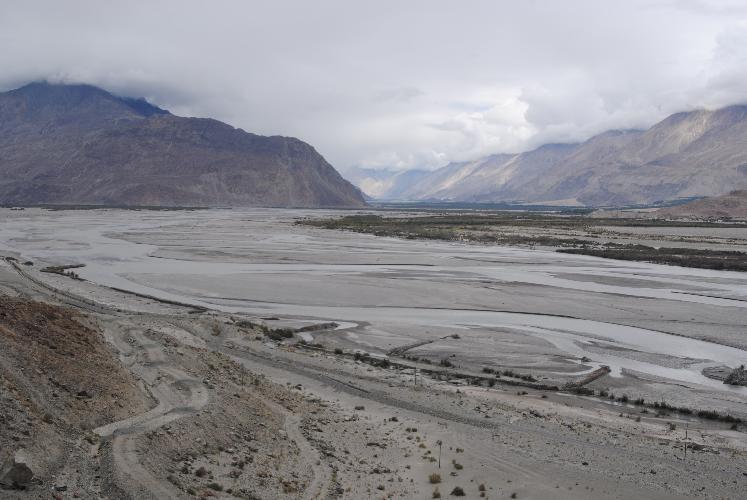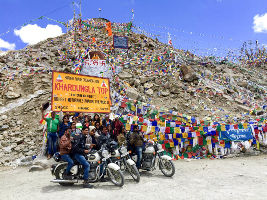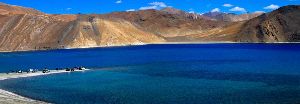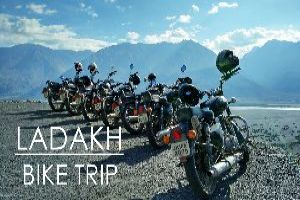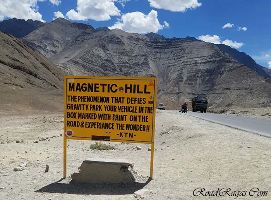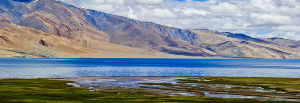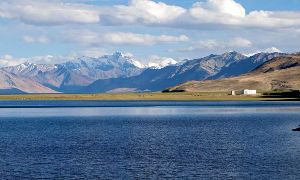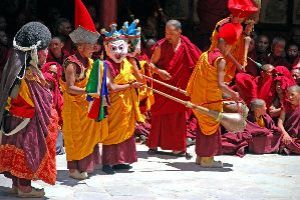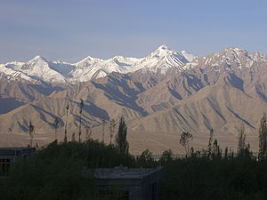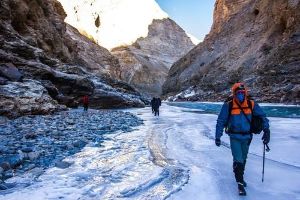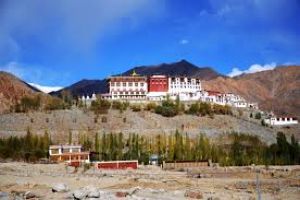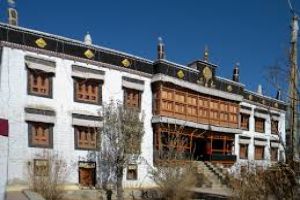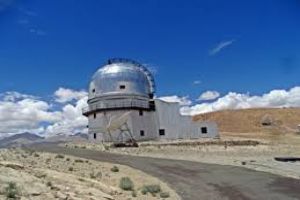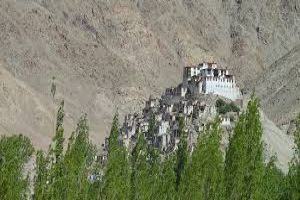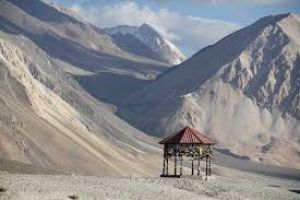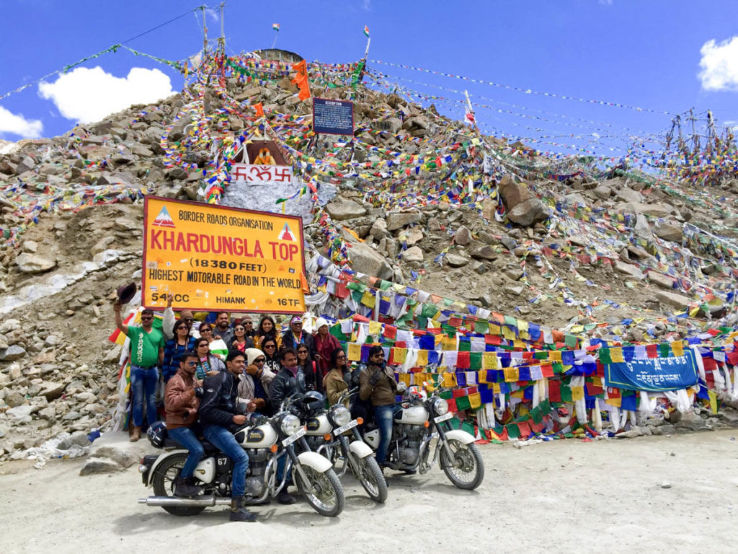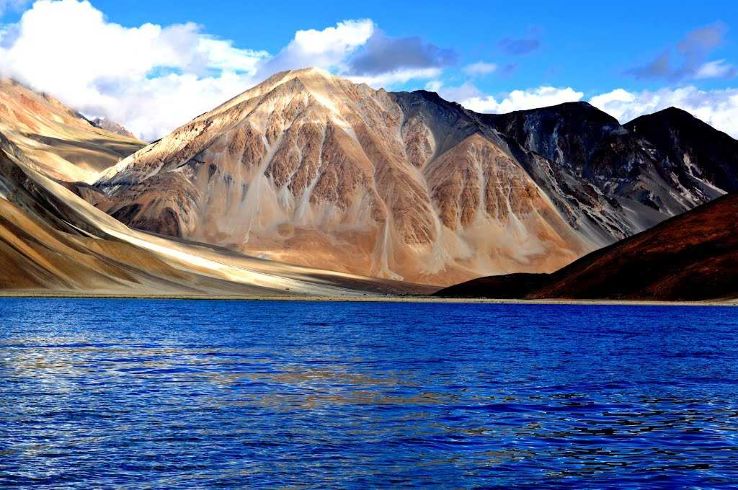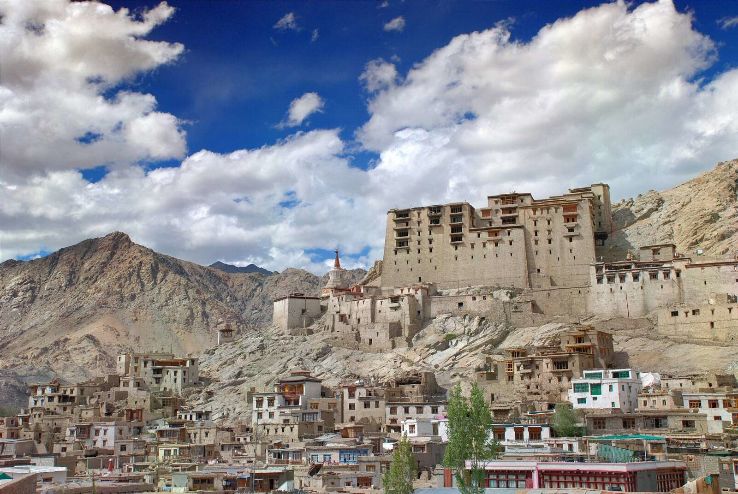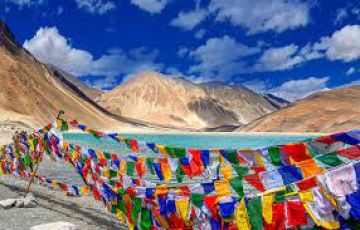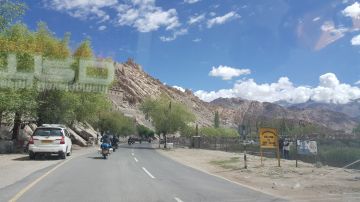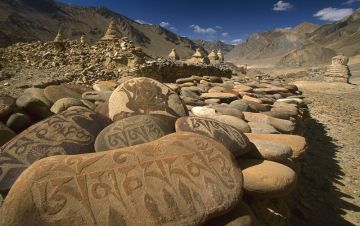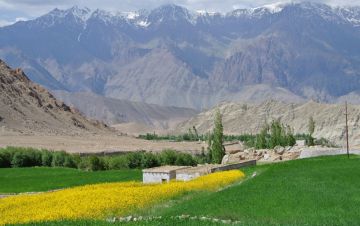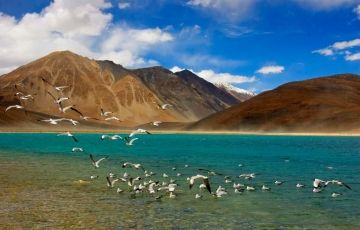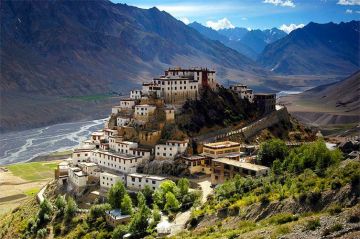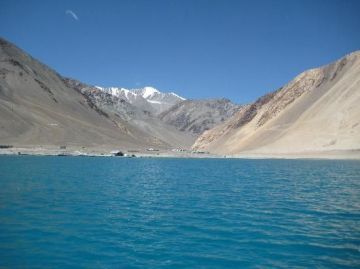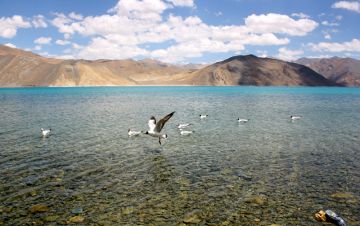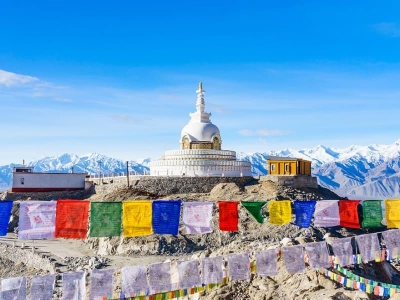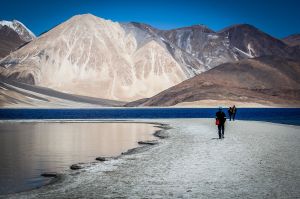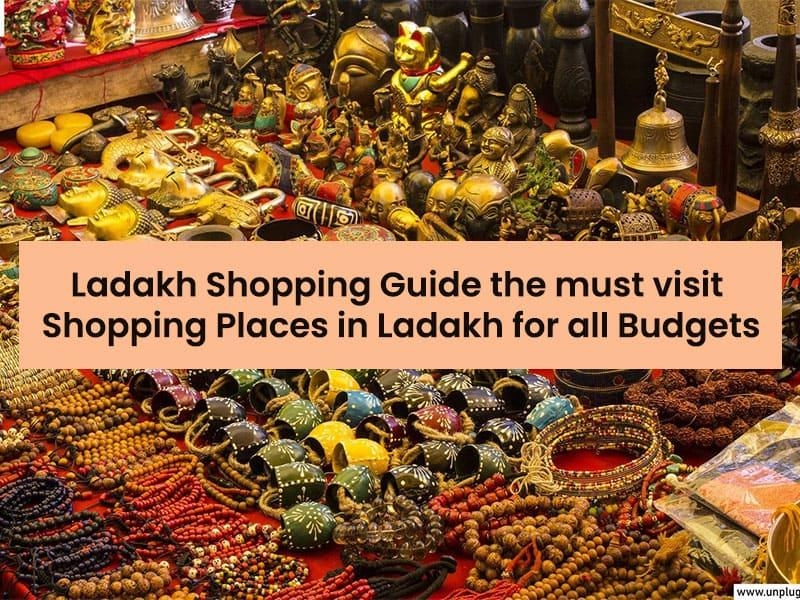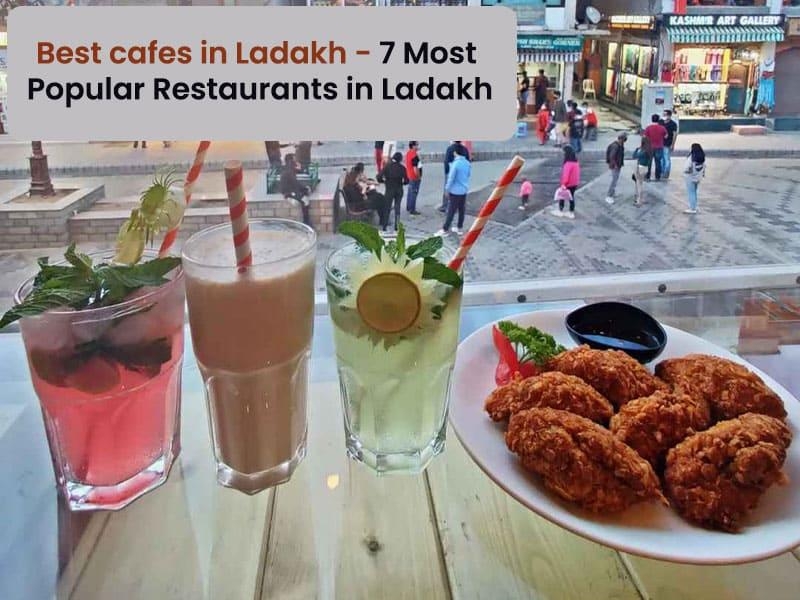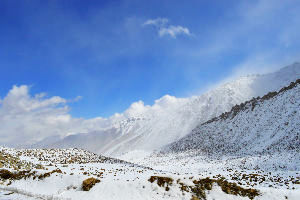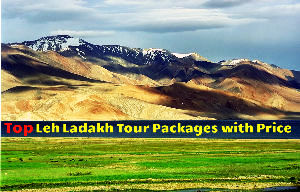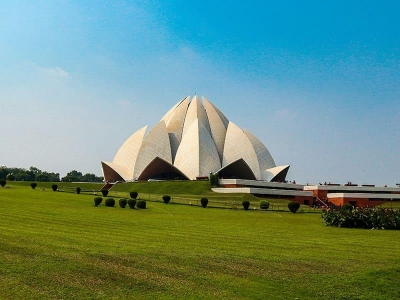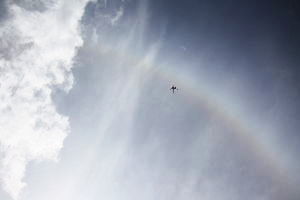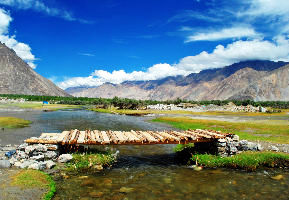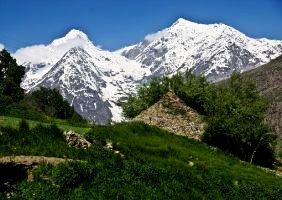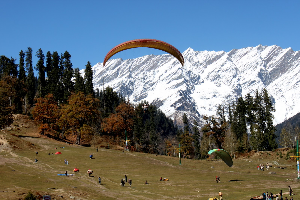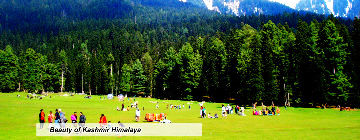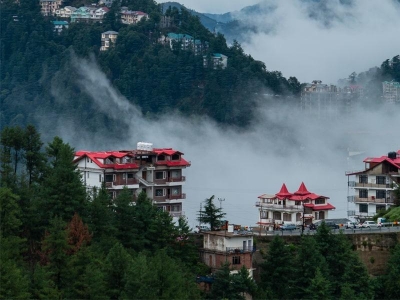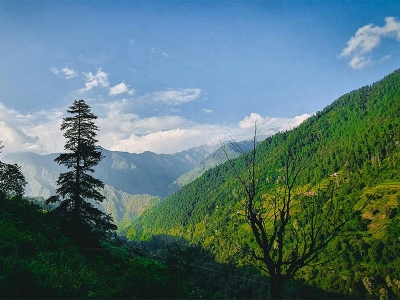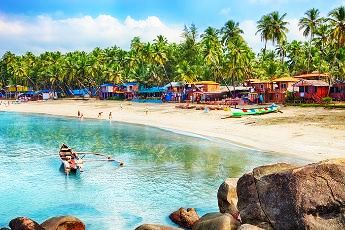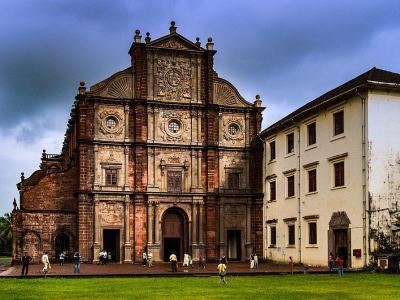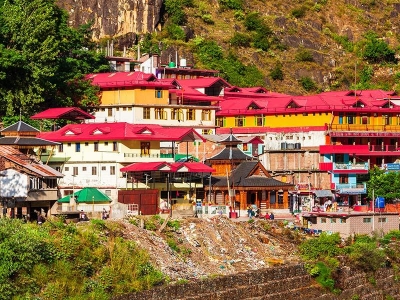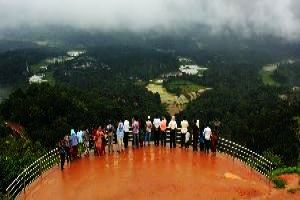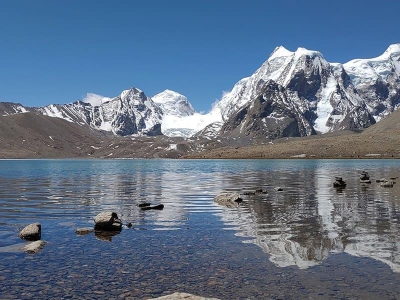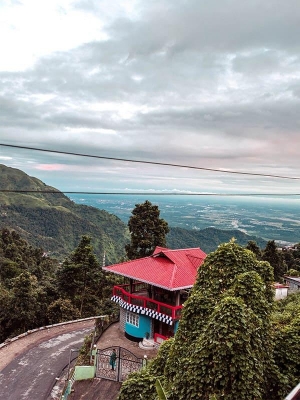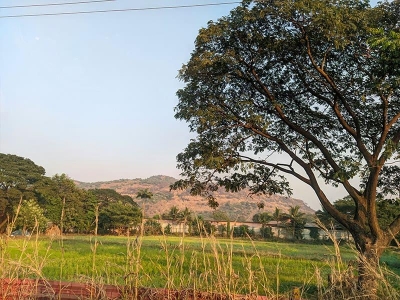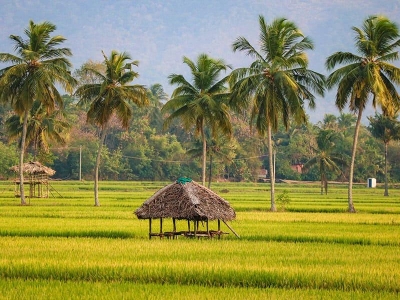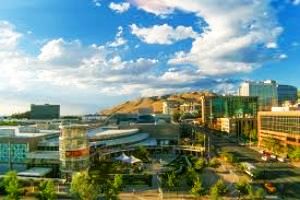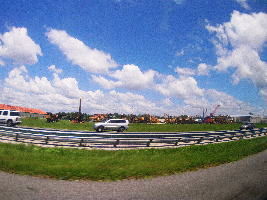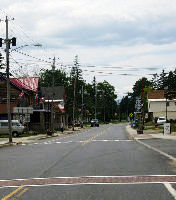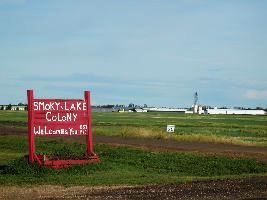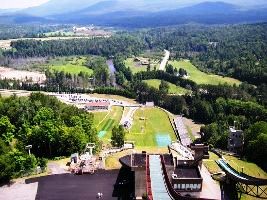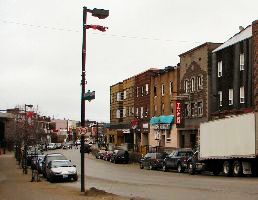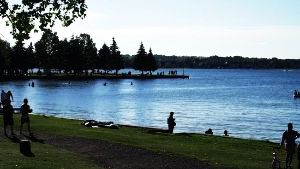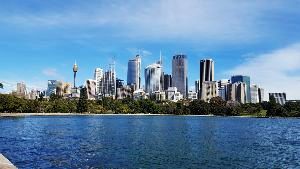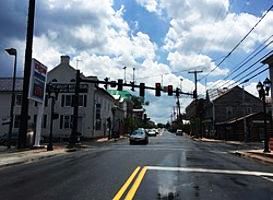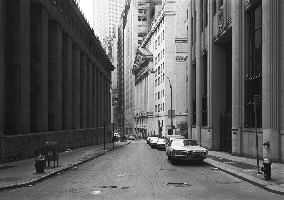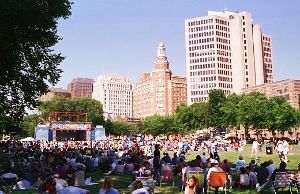Ladakh
Things to do
Packages
Ideal Days
Best time to visit
Q&As
Currency
About Ladakh
Think mountains. Think unending, snow-covered open roads. Think glaciers reaching up in solitary splendour. This is Ladakh, the land of the Zanskar River, where fault lines between rivers, mountains, and skies blur to create a valley of magnificent landscapes.
In ancient times, Ladakh was also the gateway to the old world’s most important trade routes and was safeguarded by its close political connections to Tibet. In Tibetan, Ladakh draws its name from the words la dak or the "land of high passes". Today, those ancient ties with Tibet linger on, even as it is also considered India’s largest and second least populated union territory. Travellers are drawn to its large tracts of unexplored wilderness, spectacular in its raw, untouched grandeur. But it is in Ladakh’s intrinsic belief in Mahayana Buddhism that the spiritual merges with the land’s grandeur to create the sublime.
Ladakh is also India’s most sought-after destination for bikers and hikers in search of high-altitude adventures. It would be true to say you have not biked through India if you have not experienced Ladakh.
WHAT TO SEE
Rohtang La, Kardung La, and Chang La: These are among the most visited destinations of the land of high passes. The best known among these are Rohtang La, Khardung La, and Chang La, which draw the second part of their name from the word “pass” in Tibetan. Most travellers make their way through Rohtang La on the Leh-Manali highway, when taking the road from Himachal to Ladakh. Khardung La is the world’s highest motorable pass and the gateway to the Nubra Valley. Chang La is the door to the Pangong Tso.
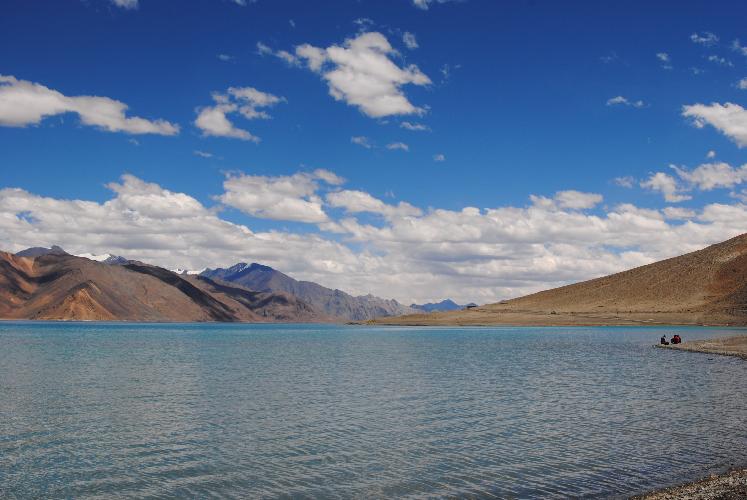
Our tip: The climactic scenes of the popular Hindi film 3 Idiots were shot at Pangong Tso. Watch out for the yellow scooter on the lake, which is Ladakh’s own tribute to the film. It’s a favourite selfie point for most tourists. But serious trekkers and travellers are now more drawn to Tso Moriri. Yet traditionally, Pangong Tso most represented Ladakh’s still, magnificent grandeur.
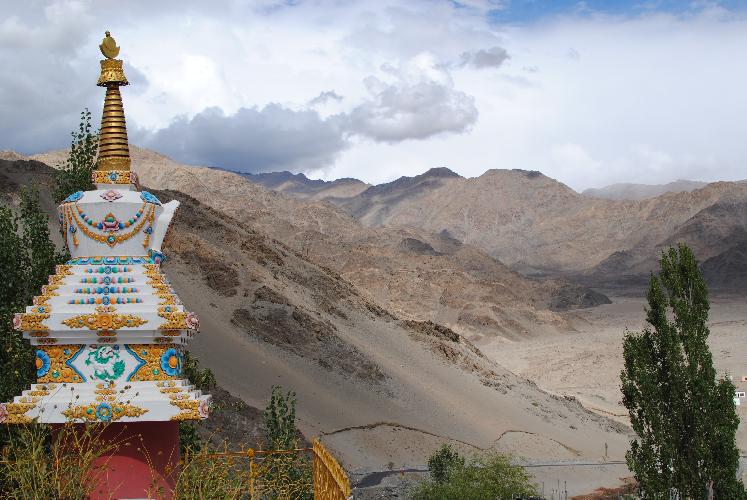
Our tip: The ancient monasteries of Dikshit and Thiksey, which have been centres of learning for hundreds of years, are also known for their collection of manuscripts at the sites. Every 12 years, the Hermis Monastery celebrates the Hermis festival in honour of Lord Padmasambhava Guru Rinpoche between June and July. If you are visiting Ladakh in the year of the Hermis festival, this could be a great time to visit.
Zanskar Valley: Given its reputation as the land of high passes, Ladakh is also known for its spectacular valleys. Not least among these is the magnificent Zanskar Valley, where the cascading, plunging Zanskar River is framed against the Zanskar Mountains.
Our tip: As the world’s highest river rafting point, the Zanskar River draws travellers from around the world. But be warned, you will be plummeting into its icy waters at a temperature below zero degrees centigrade no less! Yet, like those who have done it themselves will tell you… It is an adventure of a lifetime.
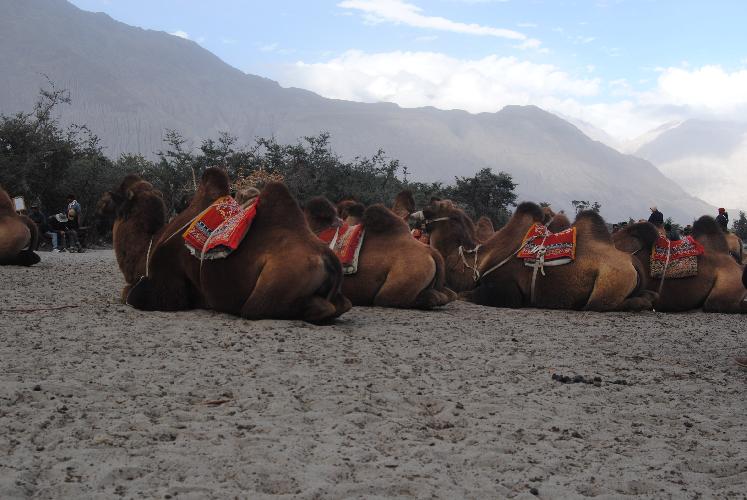
Our tip: Nubra Valley is the only place India where you will spot the Bacterian camel, distinguished by its double humps. Don’t miss out on the customary tourist ride over the sands of the Nubra Valley!
Leh: Ladakh’s joint capital city, Leh is also at the heart of any experience of Ladakhi culture. You enter Leh not to encounter the wilderness, but to meet its people in the town’s bustling markets. You can also walk through Ladakh’s ancient history in its palaces and museums.
Kargil: The site of the Kargil War in 1999, Kargil is now Ladakh’s joint capital city, along with Leh. It is also the union territory’s second largest city after Leh. Just five kilometres from Kargil, on the Srinagar-Leh National Highway, you will also find the Kargil War Memorial and museum, which celebrates this famous victory.
WHAT TO DO:
The most popular activities in Ladakh are hiking and biking. Both these are unique high-altitude activities in Ladakh and unlike anything you will encounter in other parts of India. Few experiences match the moment when you set up a tent by a still undiscovered tso, against the snow-clad mountains, and stare into a clear night sky. All you hear is the wind. All you see are the twinkling lights of the heavens above.
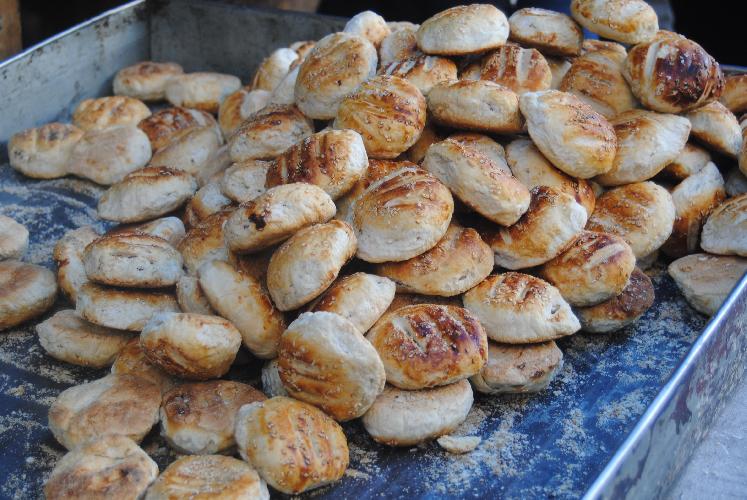
Our tip: Most bikers live on Kashmiri Kahwa tea during their arduous rides across the Ladakhi wilderness. Don’t forget to ask for it during your visit. Also try the traditional Ladakhi bread at the Leh Market.
What to buy: Travellers never fail to leave Ladakh without the prayer flags so commonly found in its mountains. Its prayer bells and paintings of Buddhist motifs on silk, both influenced by the Tibetan tradition of art, are also exquisite. Handicrafts and embroidery from Kashmir can also be purchased here.
Our tip: Ladakh is also known for its apricots and apples. They make for delicious takeaways!
Getting around: In Ladakh, trekkers walk, bikers bike, and all other travellers hire their own vehicles. This usually needs to be a jeep suited for travel in Ladakh’s mountainous terrain.
Where to stay: Most travellers use Leh as the base city from where they explore Ladakh. But we also recommend the experience of camping out in the wilderness. Also, keep some time for at least one night at Nubra Valley.
The best time to visit: The best time to visit Ladakh is between the summer months of May and November.
How to get there: Ladakh is connected to the rest of India by road and air. Both the roads to Leh from Himachal Pradesh and Srinagar are amongst the most scenic routes you will experience in India and are immensely popular with travellers, especially bikers.
Content and photo credit: Christina Daniels
Ladakh Rating & Reviews





